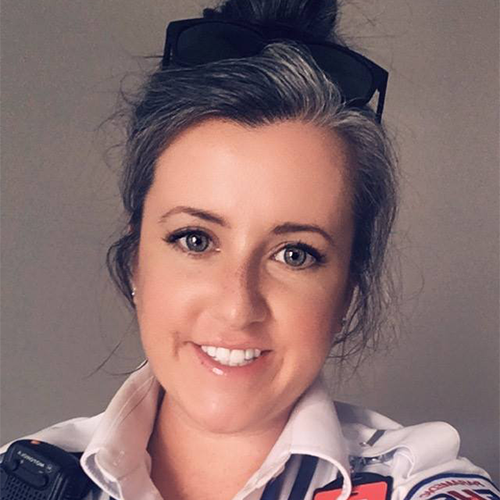The state of the evidence for prehospital stroke scales: an analysis of appraised research from the Prehospital Evidence-based Practice program |
|
Greene J., Goldstein J., Leroux Y., McVey J., Brown R., Swain J., Fidgen D., Carter A.
Background: The Prehospital Evidence-based Practice (PEP) program is an online, freely accessible, continuously updated repository of appraised EMS research evidence. Stroke is a time sensitive condition in which early detection is paramount to achieving expeditious definitive care. Prehospital detection by paramedics can be augmented by formalized scales, of which, several are currently employed in practice. This report is an analysis of published evidence for stroke detection scales. Methods: PubMed is continually systematically searched. Included articles were scored on a three-point Level of Evidence (LOE) scale based on study design and quality. A Direction of Evidence (DOE) scale (supportive, neutral, or opposing) was applied for each intervention’s primary outcome. The summary LOE and DOE for each intervention were plotted in an evidence matrix. Results: Forty-seven studies were included in this analysis. The included scales were designed to detect stroke; 22/47 (47%), large vessel occlusion; 18/47 (38%), type/severity; 3/47 (6%), and definitive care or operational needs; 4/47 (9%). This literature investigates 27 unique scales and the application of paramedic impression. The most studied scale was the Cincinnati Prehospital Stroke Scale (CPSS); 13/47 (28%), followed by the Los Angeles Motor Scale (LAMS); 6/47 (13%), and the Rapid Arterial Occlusion Evaluation Scale (RACE); 6/47 (13%). Paramedic impression was investigated in 11% of the studies (5/47). Paramedic impression had high sensitivity and was comparable or superior to the scale to which it was compared. The overall summary of evidence for PEP is supportive. Conclusion: There are many prehospital stroke detection scales currently employed in practice. The CPSS is the most evaluated and remains to be supported by the evidence because of its high sensitivity. However, there may be more overall accurate scales. Paramedic impression alone may be comparably sensitive to screen for stroke but should be used in conjunction with a formalized scale. |
About the author:
 |
| Jennifer is an Advanced Care Paramedic working ground ambulance in Nova Scotia and as the Knowledge translation Scientist for the Dalhousie University Division of EMS |


Commentary